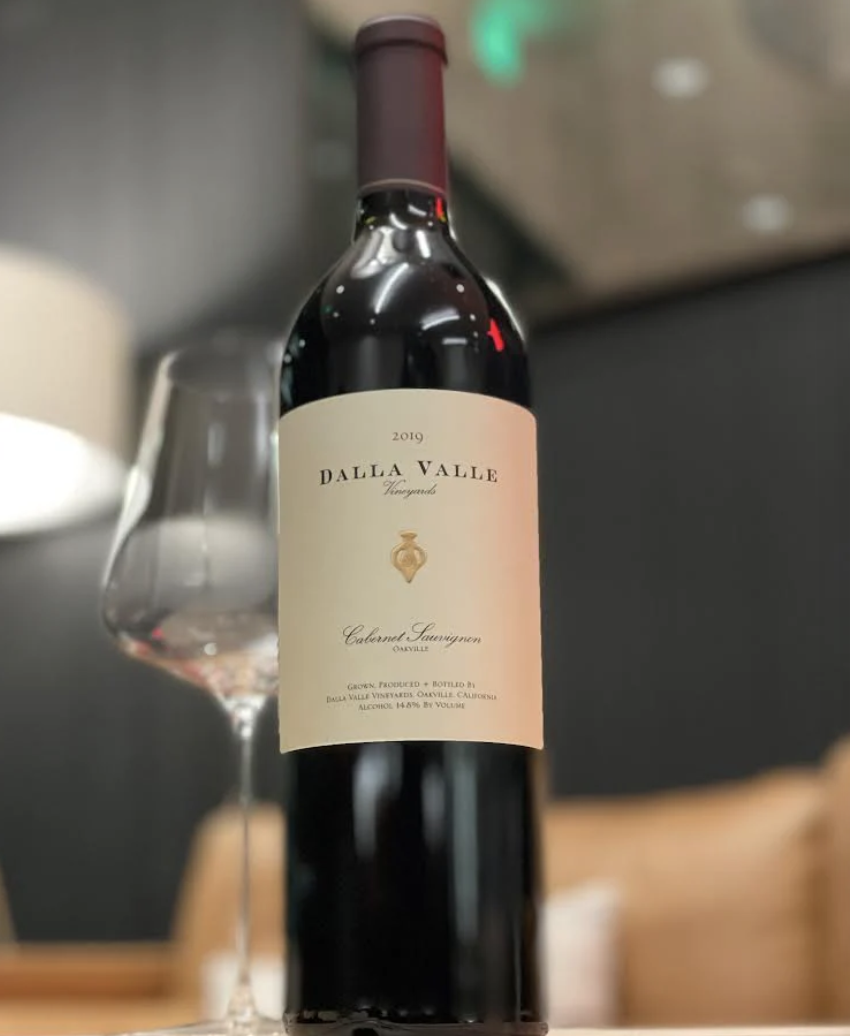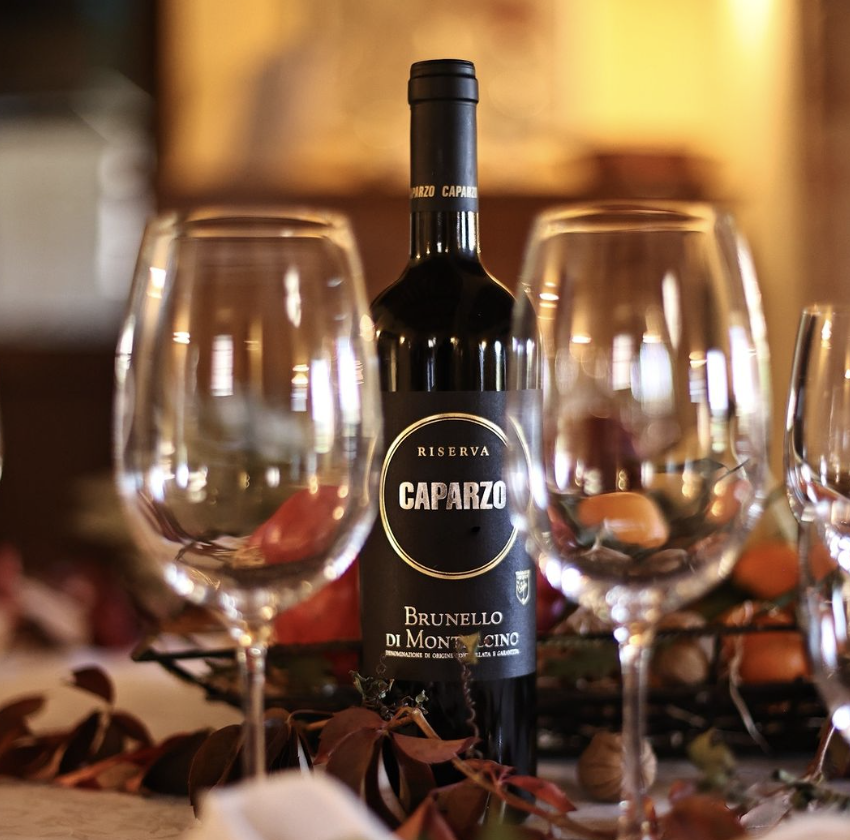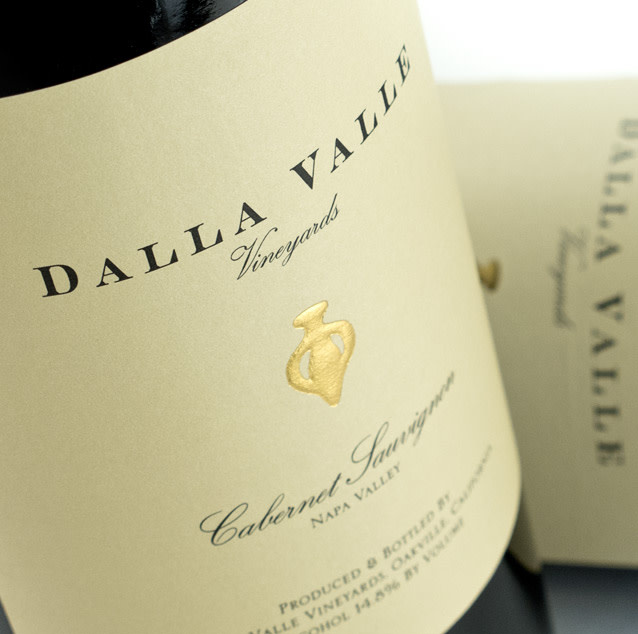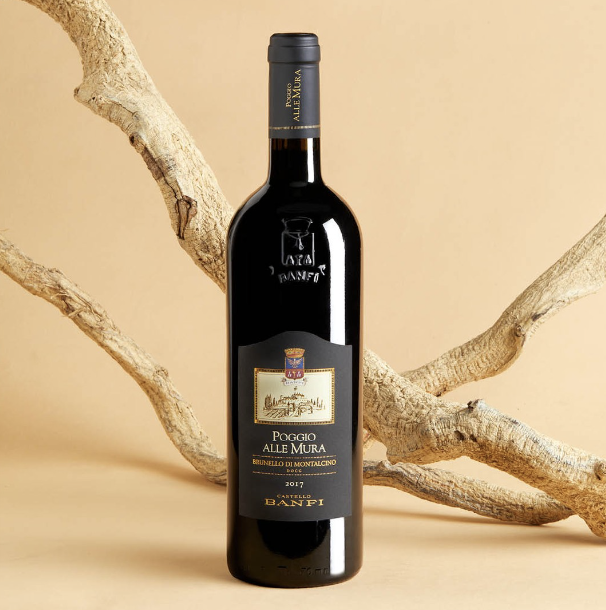Winemaker’s Notes
The wine shows ripe and fresh red-fruit aromas on the nose with Asian spice and rose petals. Medium weight and moderate tannins follow on the palate with a concentration of flavor that is typical of old édéric Magnien briefly described 2021 as having a “growing season that was basically cool from beginning to end but not so much so that the fruit didn’t properly ripen. With that said, 2021 doesn’t have much in common with the likes of 2018, 2019 and 2020. We picked from the 23rd of September to the 1st of October and while there was a lot of sorting required, thankfully it was less that I thought. Moreover, the triage was much more for underripe berries than rot-affected or otherwise damaged fruit. Yields though were another issue because even though it was variable, on average we were down about 50%. Potential alcohols were also all over the map as they ranged from 11.8 to 14%, which was partially due to when the fruit was picked but also due to the differences in maturities between parcels that were more affected by the April frost compared to those that weren’t. I used much fewer whole clusters than usual, which is to say 10 to 15%, though it again varied wine by wine as in some it was 50% and in many others I used none at all. I also chose to vinify more on the basis of favoring fruit than extraction was I wanted to avoid astringency or herbaceous characters. In the end, 2021 is better than I expected it to be and the word ‘classic’ is an accurate descriptor.” I’ve mentioned this before, but it bears repeating that Magnien has become arguably the leading specialist in Burgundy in the use of amphorae and jarres (the difference is essentially one of size) during the élevage. Others, such as Dujac, Pousse d’Or and Jean-Marie Fourrier, are experimenting with them as well though Magnien has made them an essential part of his approach. For example, many of these offerings were raised with significant proportions of amphorae that averaged around 50% with the rest in traditional casks. Magnien believes the amphorae better preserve the freshness and they obviously do not mark the wines with toast or vanilla characteristics. Note: there is often confusion relating to the difference between the wines of Domaine Michel Magnien and those of Frédéric Magnien. All the wines are made by Frédéric and thus the difference between the two names is only one of grape sources.
Domaine Michel Magnien has evolved into a Burgundy producer of a singular style and philosophy from their cellars located in the village of Morey-Saint-Denis. Michel Magnien was born in 1946 and worked alongside his father Bernard from a young age. The Magniens sold their grapes to the local cooperative until 1993 when his son Frédéric joined the family business and persuaded his father to bottle the entire harvest by themselves. Frédéric Magnien began experimenting with organic practices in the late 1990s and the entire production was certified biodynamic by Demeter in 2015. Frédéric has also evolved the style of the wines and today élevage takes place in only used oak and clay jars.





